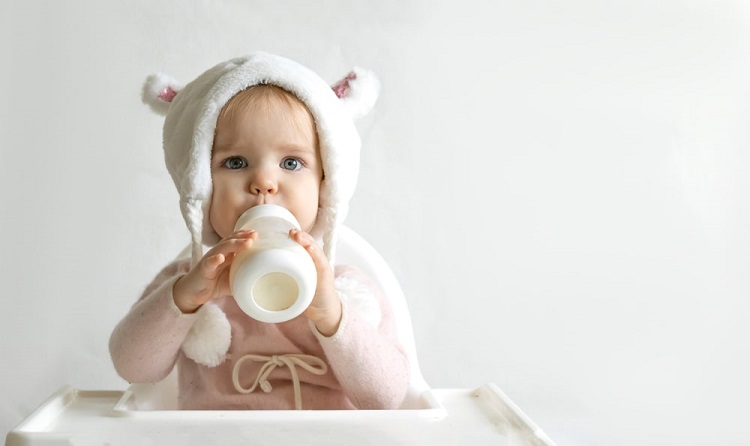Printed color copies are an effective marketing tool for small and large business enterprises. They offer the benefits of cost efficiency, convenience, and the ability to reproduce a specific product quickly. With these advantages, they are an excellent choice for anyone looking to improve their sales and marketing efforts.
Table of Contents
Improves shadow and contrast of the image
The Shadow and Highlights command helps correct your image’s shadows and highlights. You can choose the printed color copies option to adjust. Once you have adjusted the shadows and highlights, you can save your changes by clicking on the Save As Defaults button. If you want to return to the default settings, press the Shift key.
Another option is the contrast enhancement command, which allows you to increase the brilliance of highlights in your prints. Using this technique, you can customize the effects of contrast enhancement so that only specific highlights are affected. However, this method can also cause unacceptable color shifts.
Supports creativity and innovation in the classroom
Teachers have been grappling with stress and uncertainty in the wake of the COVID-19 school shutdown. They’ve been forced to adapt curriculums, connect virtually with students, and use videoconferencing software and learning management systems. Their mental health challenges have risen, too. These experiences have led to an increased focus on creativity and innovation in the classroom.
This study explores teachers’ creative adaptations in the context of a global coronavirus disease (COVID)-19 pandemic. It aims to understand how teachers perceive and support creativity in their schools and the role of well-being factors in their creative beliefs and affect.
The study examined how teachers used a five-phase instructional model to assess student creativity during a 5-month maker program. Based on constructivist principles, the model emphasizes individual knowledge construction and the importance of collaborative, student-centered learning. During the study, 70 Grade 9 students participated in a maker program in Hong Kong.
Data were collected from 41 activities designed to enhance student growth, social-emotional development, and creative engagement. Teacher participants also participated in a synchronous virtual Summer Institute. Interviews and activity video recordings were also collected to aid data triangulation.
The study used sequential mixed methods to examine relationships between teachers’ creative beliefs, well-being, and creative adaptions. Results indicate that teachers’ overall well-being strongly predicted their ability to adapt to teaching in a COVID-19 school shutdown. However, teachers’ creative self-efficacy was not statistically significant.
The study adds to the growing research on the relationship between teacher well-being and creativity. The results are helpful for educators and researchers who seek to support teacher creativity. Specifically, the authors suggest that future studies include cognitive and behavioral aspects of creativity and divergent thinking.
Finally, teachers’ creative self-efficacy may support their buoyancy in the face of setbacks. Specifically, the study found that teachers had moderate creative self-efficacy. While this may help mitigate stress, it is unclear whether it is a measurable factor.
‘Original’ print is a unique work.
An original print is a work of art that was created by hand. Often, these prints are produced in limited editions, meaning that a limited number of copies of the work are made. This makes the image a rarer and more valuable piece of art.
The term “original print” can be confusing to many people. For example, some mistakenly think that all reproductions are original prints. It can be unclear to know the difference between an original print and a reproduction, so let’s look at the details.
Typically, an original print will be labeled with a figure to the left of the slash and an individual print number to the right. These figures indicate the size of the edition, and each print is numbered individually. Sometimes, an edition will be a combination of two unrelated print processes. For example, a woodcut mixed with serigraphy can also be considered a combination print.
A basic understanding of printmaking will help you recognize a print’s quality. For example, an etching may be a more technical work of art than an engraving. However, an etching isn’t an original print because the artist doesn’t control the printing process.
Another way to distinguish an original print is to examine the materials used. Lithographs, for instance, were printed on stone or zinc. Other media used in the past include drypoints, etchings, mezzotints, and woodcuts.
Digital color printing saves time and money.
Digital color printing has been around for a while. It means printing images on paper without using plates or chemicals. Instead, it works by syncing a digital file to a printer.
This way, the colors are consistent each time. Moreover, the file is created once and can be used again. Unlike conventional printers, digital ones don’t need to be set up again.
Color prints can improve graphics clarity and are especially useful for large-format items. Moreover, they also enhance brand recognition. And it’s cheaper than traditional printing.
To create a color print, you need to have digital files, which can be obtained through a computer or video camera. You can also use PDF files, a popular format for printers. They are easy to prepare and accept by most printers. However, Word documents, PowerPoints, and low-resolution Photoshop formats are unacceptable.
The color printing process is fast and efficient. It also produces high-quality results, even for short-run jobs. Compared to offset printing, it requires less paper and chemicals, allowing for delicate materials to be printed.
Another advantage of digital printing is that it limits human error. In addition to that, it offers a faster turnaround time. Hence, it is ideal for time-sensitive campaigns. Moreover, it also helps to produce more creative print projects.




